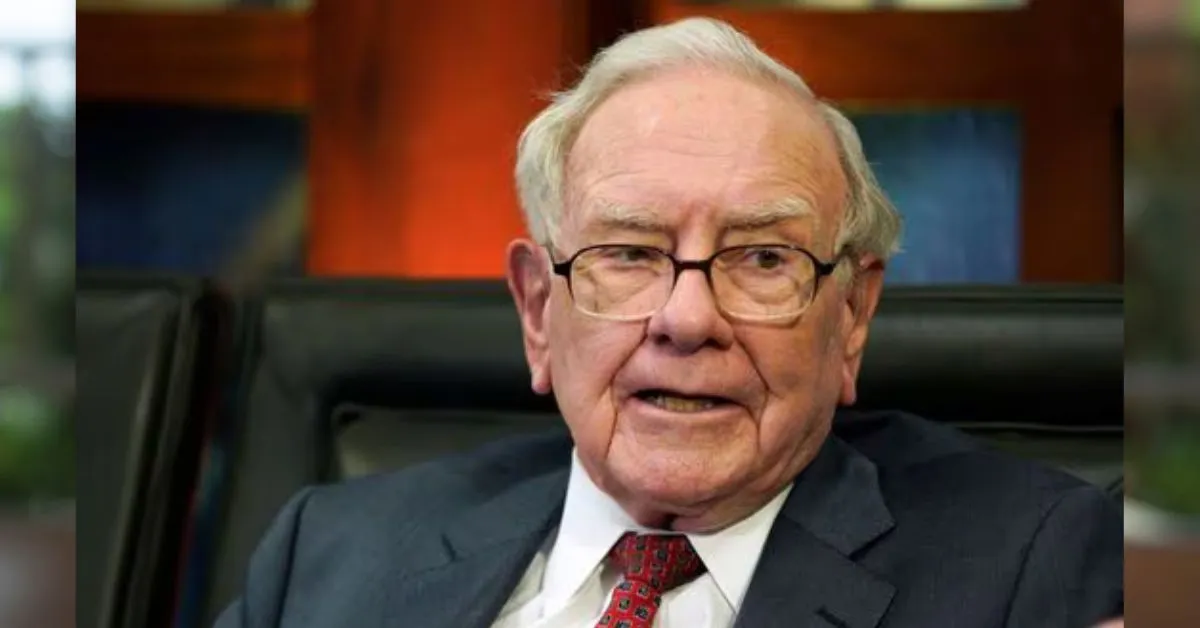The Warren Buffett Indicator has climbed to a record 223%, marking the most expensive stock market valuation in history. This milestone represents a significant warning signal for investors worldwide. The indicator, also known as the market cap to GDP ratio, compares total US stock market capitalization to the nation’s economic output. When this ratio exceeds healthy levels, it suggests stocks are trading at unsustainable prices relative to actual economic productivity.
What Does the 223% Record Mean?
The current Buffett Indicator at 223% is extraordinarily elevated compared to historical averages. To understand the severity, consider that the long-term average for this indicator stands at approximately 85-90%, suggesting stocks typically represent about this percentage of GDP. The dot-com bubble peak in 2000 reached only 140%, making today’s valuation 59% higher than that infamously overheated market. Even the previous modern record of 189.6% set in February 2021 seems conservative by comparison.
Historical Context: Why This Matters
The Warren Buffett Indicator has only exceeded 200% once before in recorded market history. Warren Buffett himself, who popularized this metric in a 2001 Fortune Magazine interview, described valuations above certain thresholds as “playing with fire”. He called this ratio “probably the best single measure of where valuations stand at any given moment,” making it essential for serious investors to monitor. The fact that we’re now 159% above the historical average is causing considerable alarm among market analysts and financial strategists.
Current Market Overvaluation Signals
Multiple warning signs accompany the record Buffett Indicator reading of 223%. The S&P 500’s forward price-to-earnings ratio sits at over 23 times, well above historical norms. Additionally, a Bank of America survey found that nine out of ten fund managers consider US stocks overvalued. The Shiller CAPE ratio has exceeded 40, a level seen only three times since 1871, all preceding significant market crashes. These convergent signals paint a concerning picture of market excess.
The AI Factor and Market Concentration
Today’s extreme valuations are heavily driven by artificial intelligence enthusiasm and mega-cap technology stocks. The “Magnificent Seven” tech companies—Apple, Microsoft, Google, Meta, Tesla, Nvidia, and Amazon—now represent 30.5% of the S&P 500’s total market capitalization. This concentration represents significant risk, as market gains are increasingly dependent on a narrow group of stocks. When the Warren Buffett Indicator reaches 223%, much of that premium is attributable to speculative AI investments that have produced few tangible benefits thus far.
Comparison to Past Market Bubbles
The current Buffett Indicator level of 223% dramatically exceeds the dot-com bubble threshold. During the late 1990s technology bubble, the indicator peaked around 140%, yet the subsequent market decline from 2000-2002 resulted in massive losses for investors. Today’s valuations are nearly 60% higher than that catastrophic period. Some analysts now describe current market conditions using language remarkably similar to pre-crash warnings from decades past, suggesting history may be repeating at an even more extreme level.
What Investors Should Consider
When the Warren Buffett Indicator reaches record levels like 223%, prudent investors typically reassess their portfolios. Defensive sectors such as utilities, healthcare, and consumer staples have become increasingly attractive as fund managers rotate toward safety. Gold has simultaneously hit all-time highs, reflecting investor anxiety despite continued stock market records. The phenomenon suggests sophisticated money is already positioning for potential corrections, even as headline indices climb to new peaks.
Risk Factors at Current Valuations
The elevated Buffett Indicator of 223% creates vulnerability to various shocks. Interest rate increases, declining market liquidity, or government economic concerns could trigger rapid corrections. Corporate earnings growth must accelerate significantly to justify current valuations, yet economic growth remains modest. If earnings growth slows or fails to materialize, the gap between stock prices and intrinsic value could compress painfully. Market volatility could intensify substantially if investor confidence shifts.
Federal Reserve Perspective
Federal Reserve Chair Jerome Powell has publicly acknowledged that stock valuations are “relatively high” by various measures. Powell’s comments suggest central bank officials recognize the stretched valuations reflected in the record Warren Buffett Indicator. The Fed’s perspective carries weight because interest rate decisions directly impact valuation multiples. Higher rates push valuations lower as discount rates increase, making current price levels even more concerning from an economic fundamentals perspective.
Disclaimer
This article is provided for educational and informational purposes only and should not be construed as financial advice, investment recommendations, or encouragement to buy or sell any securities. The Warren Buffett Indicator and other valuation metrics discussed are historical data points and do not guarantee future market performance or crashes. Market conditions change rapidly, and investors should conduct their own research or consult with qualified financial advisors before making any investment decisions. Past performance does not indicate future results. All investing involves risk, including potential loss of principal.
